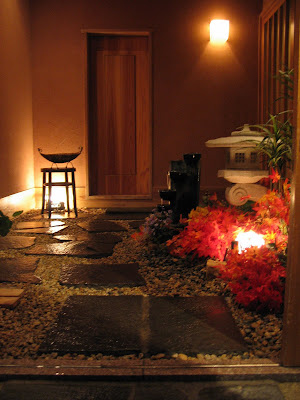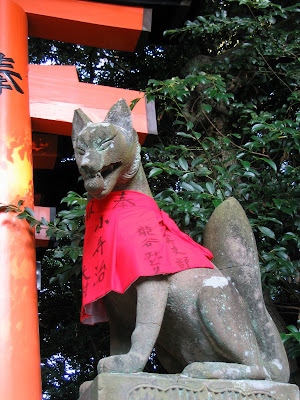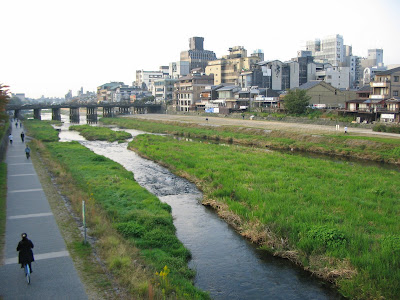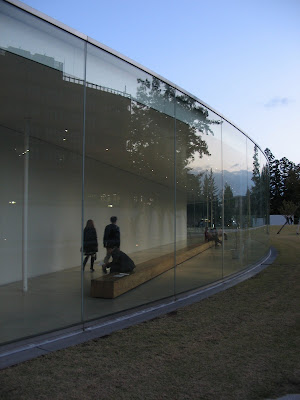Harajuku and Shibuya
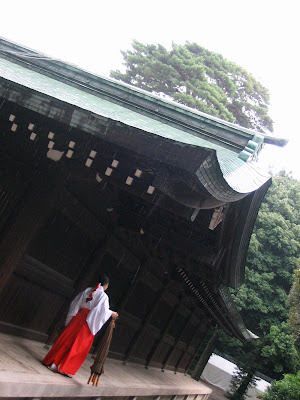
These two neighbourhoods within Tokyo were my favourite and ones that I made a point of returning to on my last day in Japan. To get there I took the Yamanote Line to the Harajuku station. Harajuku again delivers on the contrasts I have seen throughout Japan - modern vs. centuries old traditions. My first visit in the neighbourhood was the Meiji- jingu - koen . This is a park just to the west of the train station. There were many birdsongs in the air, it was peaceful and the shrine itself was pristine. I really felt like I belonged in this park....I was quite moved actually. It is a feeling that I had multiple times in Japan and I don't know how to explain it. Almost like a part of me somehow comes from these lands. From there I headed down Takeshita - dori . This is THE street to walk down if you want to see Japanese teenagers dressed in maid, punk-rock, electric, funk dress. Anything goes. The shops and the pedestrian only street are jam packed with young people exp...
